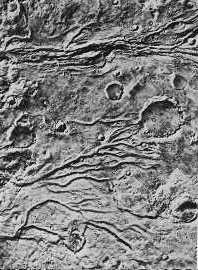This is an image of a Martian river valley.
Click on image for full size
Image from: NASA
Martian River Valleys
Unlike the Martian outflow channels, these Martian river valleys have many tributaries.
These river valleys do not resemble their terrestrial counterparts either, however. The tributaries are very short, about 100m long (the length of a football field), as if the running water ran out quickly.
One explanation for these is that they formed from melting ground ice. The ground ice could have melted either from a period of global warming, a period of local warming due either to volcanic activity, or from water circulating underground. (Evidence of underground circulation of water has implications for life on Mars.)
You might also be interested in:
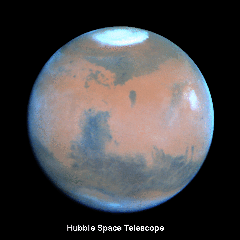
In the past, Mars was much different than it is today. Liquid water used to flow on the surface. Both the Earth and Mars should have been frozen in their early history because the sun was weak at first,
...more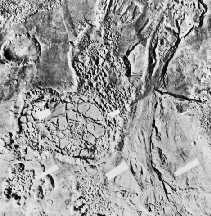
Separate from the Martian outflow channels, or the river valley networks, are large Martian lakes (600 km, or ~1000 miles across) which exhibit evidence of a periodic and catastrophic release of water
...more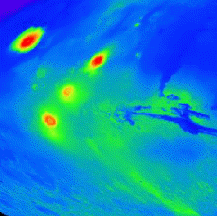
On this map of Mars, the lightly cratered Tharsis Ridge is shown, as well as the heavily cratered Martian highlands (near the bottom of the picture), and Valles Marineris to the right. The volcanoes are
...more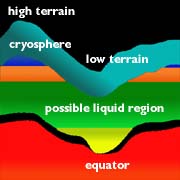
On Mars, the water is trapped, frozen, within the ground. Nevertheless, there is evidence for running water on Mars. When the water is melted and released to the surface, it will run from higher ground
...more
The drawing shows a crossection of the crust, and the unusual altitude variation of the Martian surface. The figure illustrates the depth of frozen ground at various latitudes, called the cryosphere. The
...more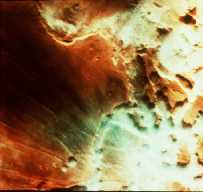
This is an image of fog in a Martian canyon. The presence of fog provides evidence of water, and a water cycle on Mars. More fog has been seen in images returned by Mars Global Surveyor of the south polar
...more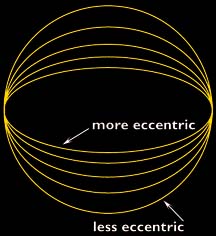
The Martian climate is more influenced by the shape of the Martian orbit than the climate of the Earth is influenced by the shape of the Earth's orbit. The orbit of Mars is more oval-shaped than that
...more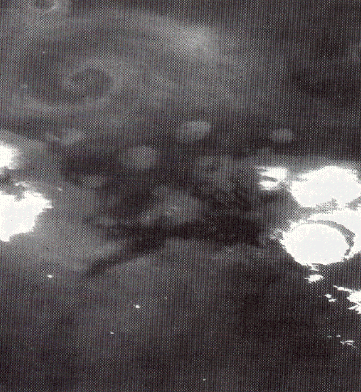
This is an image of a storm moving across the Martian terrain. The camera is looking down upon the storm and the storm front forms a spiral pattern, the same way terrestrial storms are presented on the
...more


